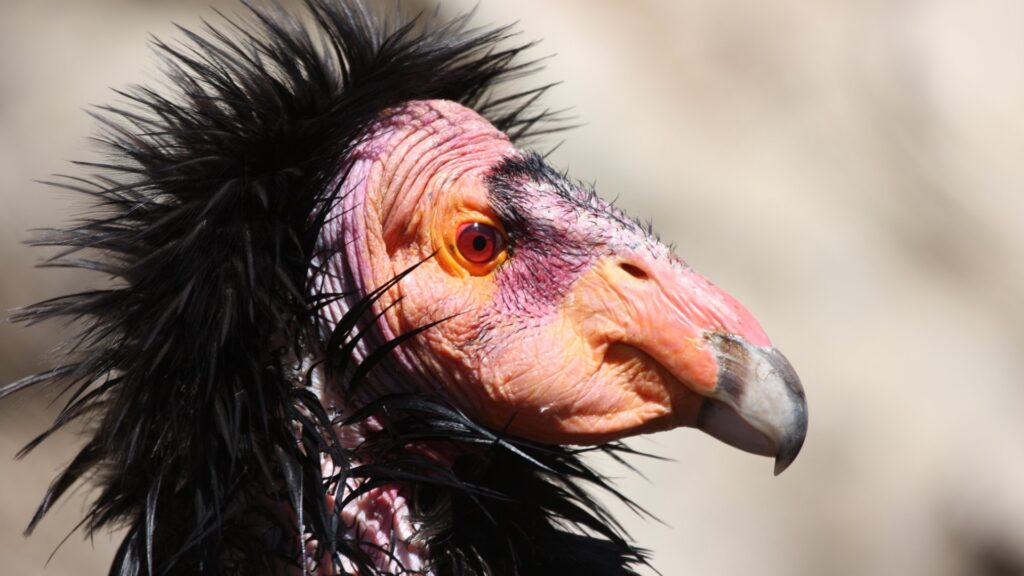
The climate in the US is very suitable for a plethora of wildlife, but unfortunately, there are still many species that are on the verge of going extinct. Let’s take a look at 13 such species based in the US that are in need of urgent protection.
1. Florida Manatee
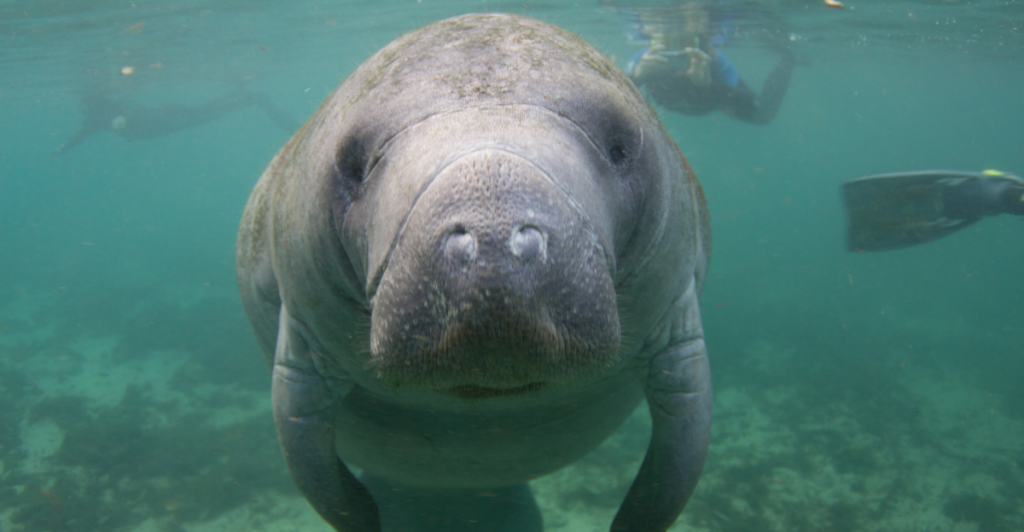
The Florida Manatee is one of the gentle sea mammals that call the waterways of Florida their home. These adorable creatures are on the verge of becoming extinct, and the reason for that is that watercraft collisions have drastically increased. These are one of the reasons these sea mammals are becoming endangered while pollution is also a major concern. With industrial growth also came urban development which has destroyed seagrass beds which are essential to manatees as it is their food source. These mammals are also facing cold stress during winters due to pollution and habitat destruction. There are various conservation efforts being made which include boat speed restrictions, improving regulation of pollution and even restoring their natural habitat. It is essential to protect them not only for their survival but for the health of the aquatic ecosystems they inhabit.
2. Florida Panther
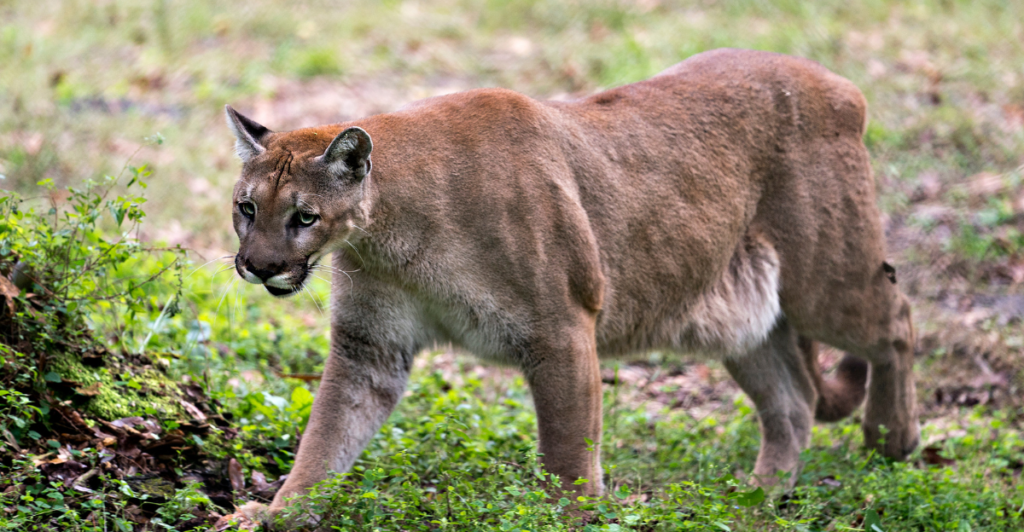
The Florida Panther, which is a subspecies of cougar, symbolizes resilience against all odds. Found in the south, the Florida Panther population is dwindling with estimates of fewer than 200 remaining in the wild. Due to urban expansion, their habitat has been destroyed leading to an increase in the risk of road kills and genetic isolation. Other factors that threaten these cats include the shrinkage of prey population and diseases. As part of measures to mitigate this, wildlife sections and public awareness regarding human-wildlife conflicts are being developed to fight the shrinkage of habitats. There are efforts being made though to protect Florida’s Panther from its gradual extinction.
3. California Condor
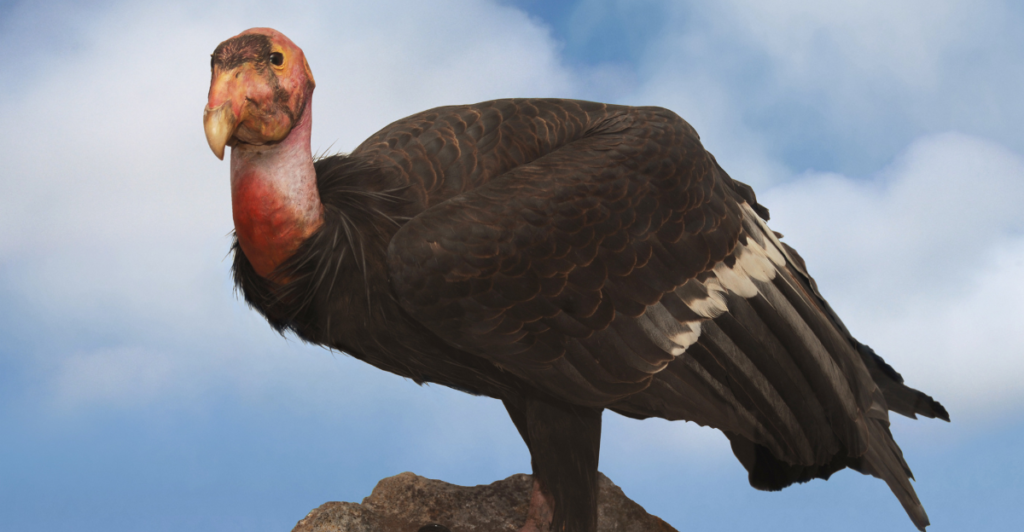
The California Condor, North America’s largest bird with a wingspan of up to 10 feet, was once on the brink of extinction. By the 1980s, fewer than 30 individuals remained, primarily due to lead poisoning from ingested ammunition and habitat loss. Intensive captive breeding programs have since boosted their population to over 500, but they still face ongoing threats. Efforts now focus on banning lead ammunition, protecting nesting areas, and educating hunters about safe alternatives. Their survival is a testament to conservation success, but vigilance is crucial.
4. Red Wolf
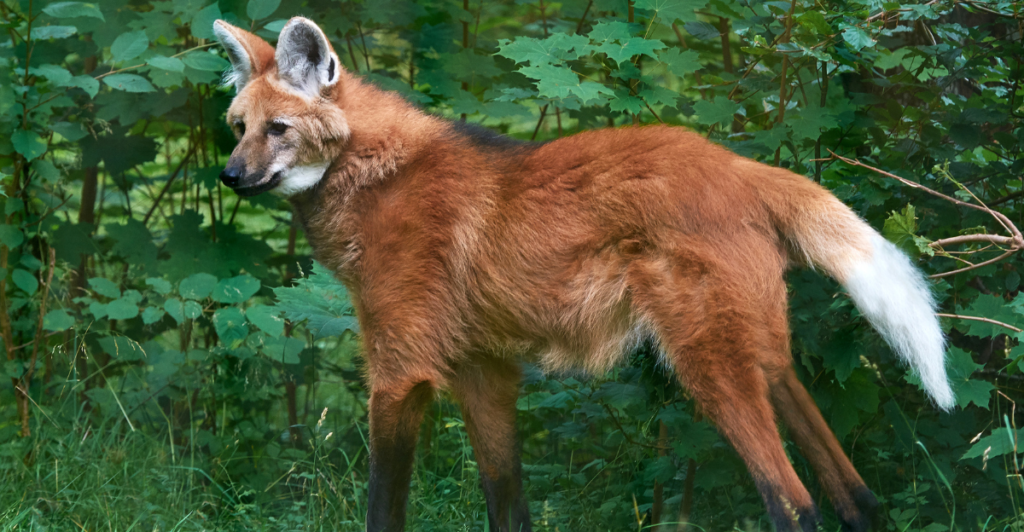
The Red Wolf is a carnivore commonly found in a small region of the Southeastern part of the United States and its population numbers are dangerously dwindling with estimates placing their count under twenty individuals in the wild. The Red Wolf was historically known to have a wider population but the hunting practices and hybridization with coyotes resulted in its dramatic fall. In the United States, legal restrictions to protect the Red Wolves have been passed, however, human activities and illegal hunting still create adverse conditions for its recovery. Captive breeding and reintroduction programs are underway, but they face challenges from human encroachment and illegal killings. Protecting the Red Wolf is essential not just for biodiversity but also for restoring balance in ecosystems they once dominated.
5. Loggerhead Sea Turtle
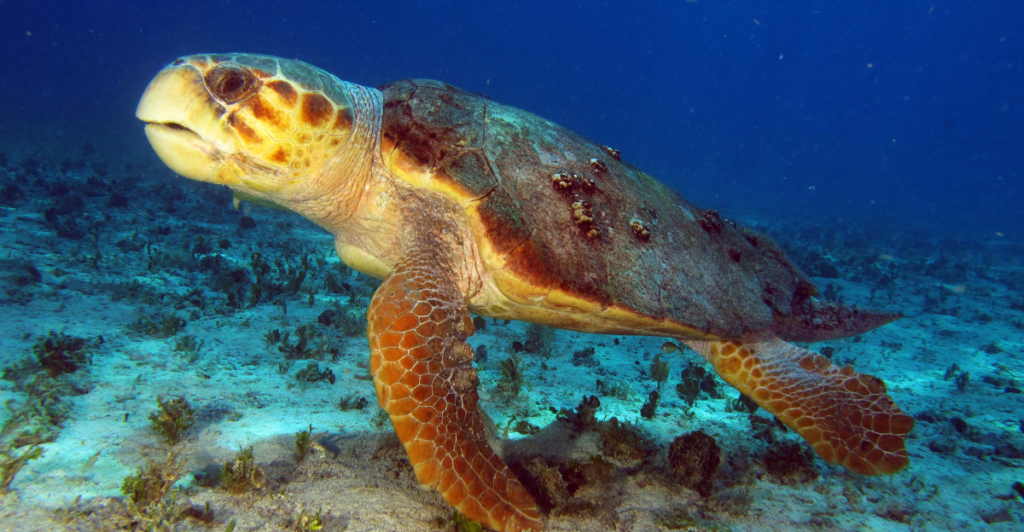
Loggerhead Sea Turtles are a mixed breed known for their signature gigantic heads and their long migratory journeys. They help maintain healthy seagrass beds and coral reefs, yet their population is dwindling. Over centuries, Loggerhead Sea Turtles have resided in every ocean across the globe. Unfortunately, they aren’t safe from the wrongdoings of human intervention. Their considerable downfall came with the destruction of their habitat, light pollution, and incidental trapping in fishing nets. Like many other species, Loggerhead Sea Turtles are also facing extinction due to overconsumption alongside the threats mentioned above. Conservationists are addressing these issues through beach protection programs, turtle excluder devices in nets, and public awareness campaigns. Loggerheads have roamed the oceans for millions of years, and protecting them ensures the preservation of marine biodiversity.
6. San Joaquin Kit Fox
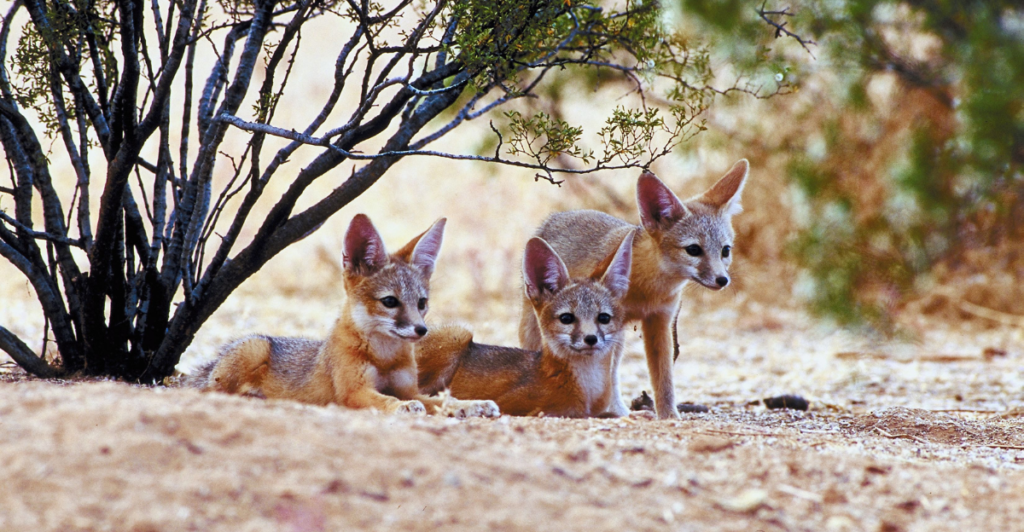
Diminished habitat due to agro and urban expansion poses a great threat to San Joaquin Kit Fox, a species of deadly predator that is endemic to the Central Valley region of California. Their population, which once thrived, became more fragmented, which resulted in them being exposed to more diseases and a higher range of predators. The use of pesticides also proves concerning as it reduces the availability of small mammals which could serve as the foxes’ prey. Conservation programs are focused on habitat restoration, promoting coexistence with humans, and reducing pesticide impacts. The survival of this species is crucial for maintaining the ecological balance in its arid habitat.
7. Hawaiian Monk Seal
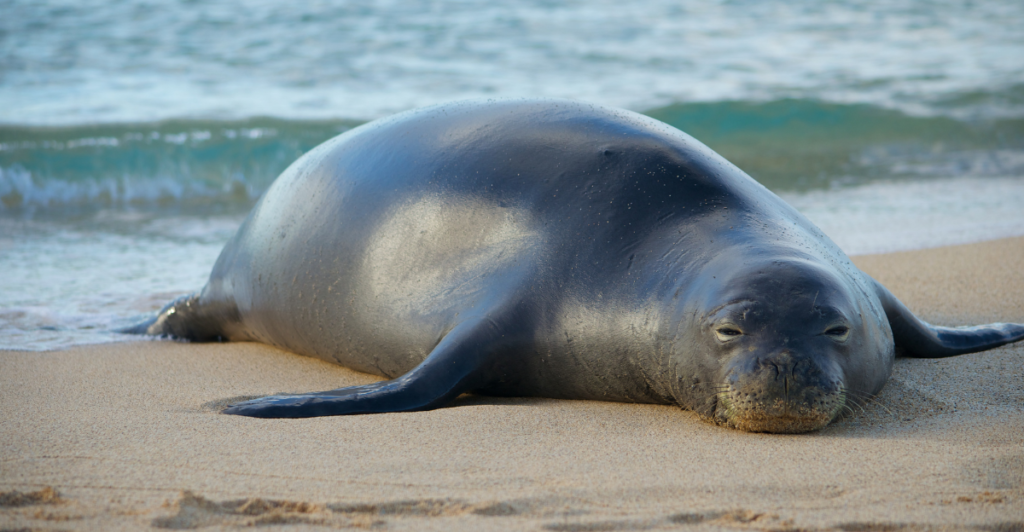
The Hawaiian Monk Seal is an endangered species that is only found in the Hawaiian Islands, and its numbers in the world are very low. It is estimated that there are roughly 1400 monk seals. These seals face numerous threats, including entanglement in fishing gear, habitat degradation, human disturbance, and declining food availability due to overfishing. Climate change has begun to destroy the beaches that serve both as pupping grounds and resting places. Conservation work is directed towards the Marine reserve, possible rescues and rehabilitation efforts, and also, informative public campaigns.
8. Pallid Sturgeon
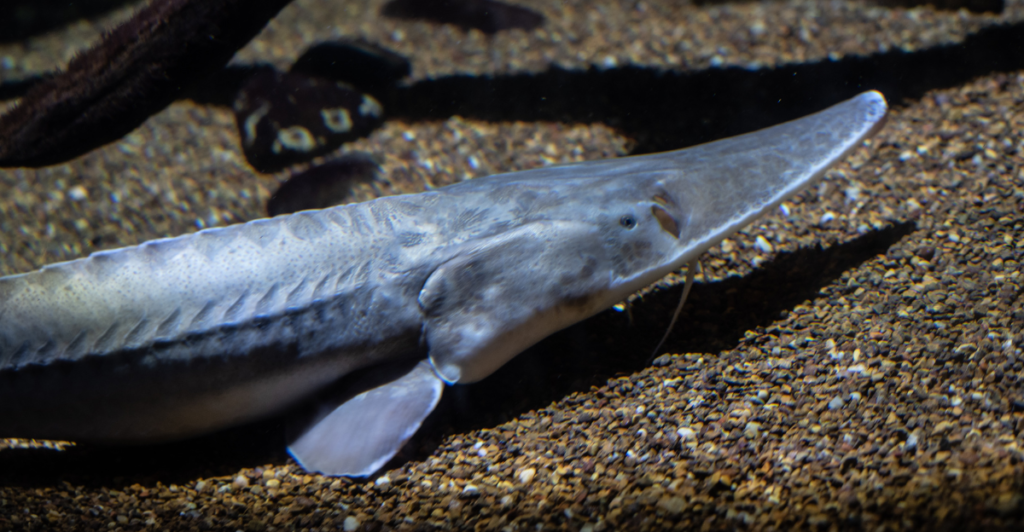
The Pallid Sturgeon is an ancient fish that has been inhabiting the Missouri and Mississippi Rivers for over 70 million years and is now on the brink of extinction. The building of the dam has caused the splitting of their natural habitat so their breeding and feeding spaces have been greatly altered. Other reasons for the dwindling of the population are pollution and industrial fishing practices that have been going on for decades. Programs that focus on the restoration of habitat, removal of constructions that block their migration routes, and breeding sturgeons in captivity. It is also crucial to protect this ancient fish so that the proper functioning of river ecosystems is guaranteed.
9. Sierra Nevada Yellow-Legged Frog
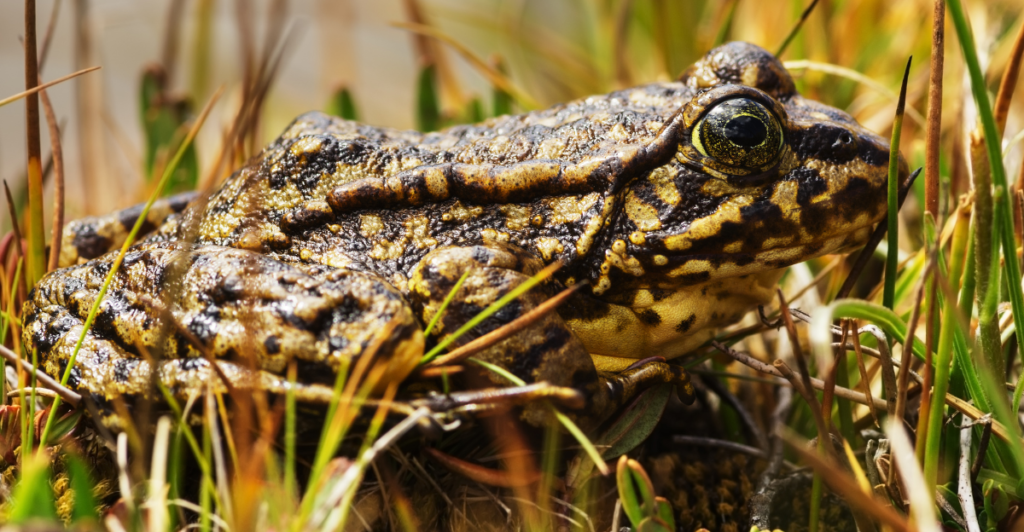
Known to exist in streams and lakes at high altitudes, the Sierra Nevada Yellow-Legged Frog has seen a population decrease of more than ninety percent. Threats include habitat destruction, climate change, invasive species like trout, and diseases such as chytrid fungus. Other species use these amphibians as prey and in turn, these amphibians help other aquatic ecosystems to function efficiently by curbing insect populations. Removal of negative-invasive predators, restoration of previous habitats, and research to combat fungal infections have been taken as a means of conservation. Protecting the Sierra Nevada Yellow-Legged Frog is vital in ensuring a healthy ecological balance in the Sierra region.
10. Whooping Crane
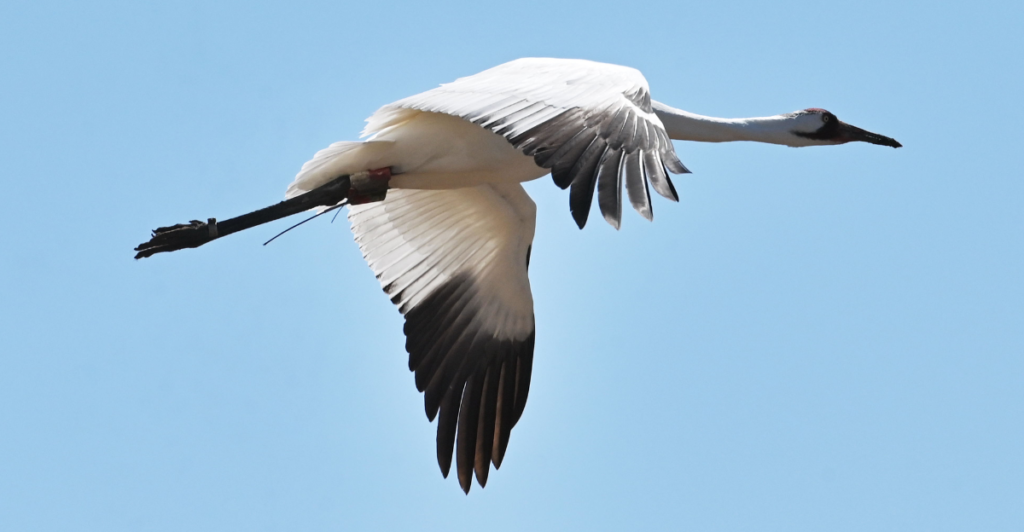
The majestic Whooping Crane stands as one of the most severely threatened wildlife species in the world. With only around 800 individuals left, these cranes face threats from habitat loss, powerline collisions, and climate change. Conservationists have focused on protecting wetlands, reintroducing captive-bred cranes into the wild, and creating flyway corridors to support their migration. These efforts have helped stabilize their population, but ongoing vigilance is needed to ensure their survival as climate and human development pressures grow.
11. Kemp’s Ridley Sea Turtle
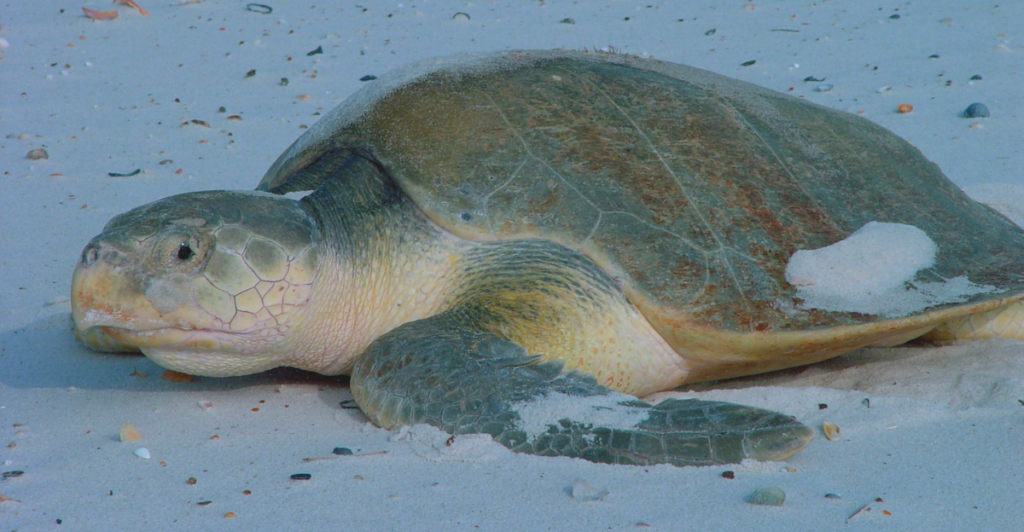
Kemp’s Ridley Sea Turtle, the smallest and most endangered sea turtle species, is teetering on the brink of extinction. These turtles are primarily found in the Gulf of Mexico, where their nesting sites have been destroyed by human development. They are also heavily affected by oil spills, fishing gear entanglement, and climate change. Conservation measures include strict protection of nesting beaches, the use of turtle excluder devices in fishing nets, and international cooperation to preserve their migratory routes. Saving Kemp’s Ridley is critical for ocean biodiversity.
12. Black-Footed Ferret
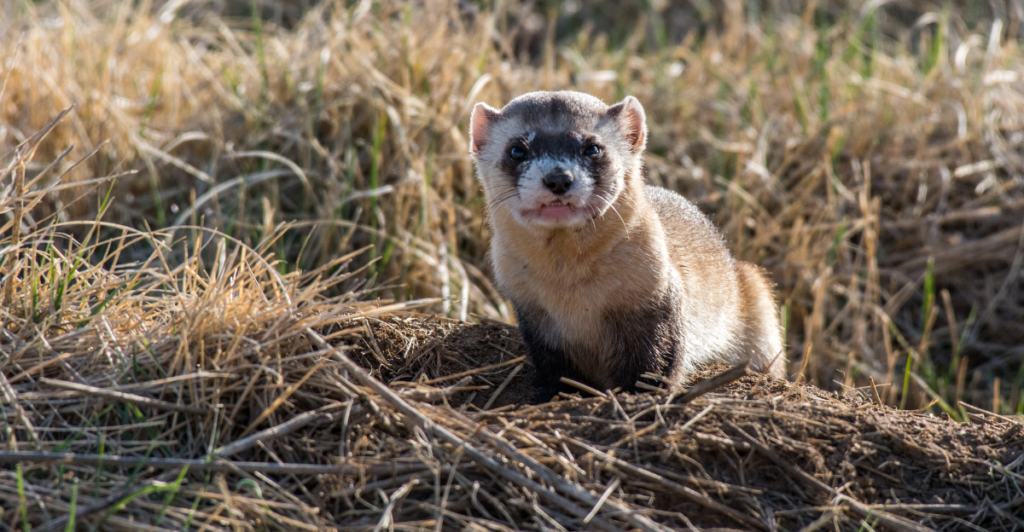
Once considered extinct in the wild, the Black-Footed Ferret has made a remarkable comeback thanks to captive breeding programs. However, they remain critically endangered, with fewer than 400 individuals in the wild. These small predators depend on prairie dogs for food and burrows, making them vulnerable to habitat loss and prairie dog population declines caused by agriculture and disease. Conservation strategies include reintroducing ferrets into protected grasslands and controlling diseases like sylvatic plague. Their recovery highlights the importance of coordinated conservation efforts.
13. Atlantic Bluefin Tuna
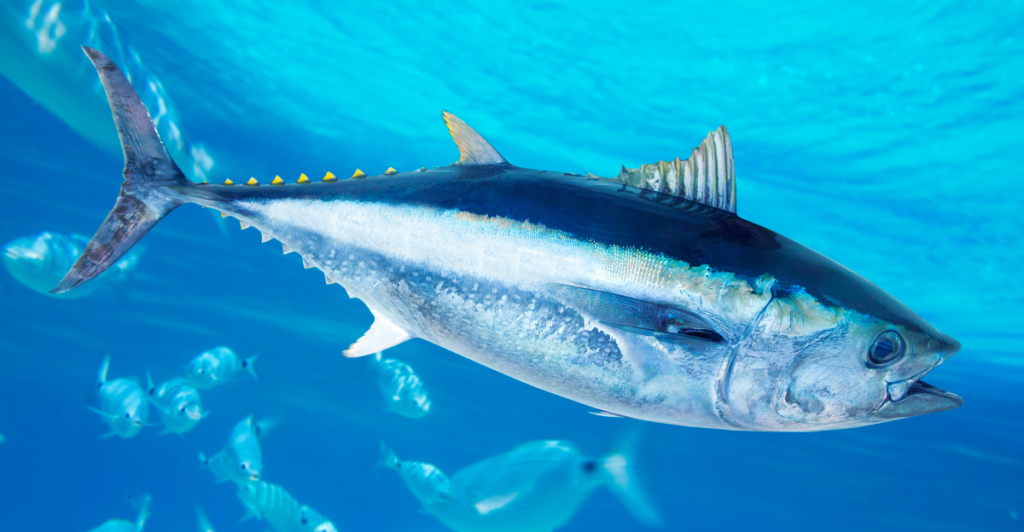
The Atlantic Bluefin Tuna, a highly prized species for sashimi and sushi, is critically endangered because of over-exploitation. These fish are powerful and play an important role in marine ecosystems. However, their populations have decreased by as much as 80% over the last couple of decades. Illegal fishing, climate change, and habitat loss are critical threats. Conservation work is directed at enforcing stricter controls over fisheries, formulating international treaties to control illegal fishing, and developing sustainable fish farming practices. Due to the shrinking population of the bluefin tuna, it is clear that nations cannot ignore the necessity to protect this species, as it will not only benefit the oceans but will also guarantee a sustainable seafood future.
Discover more of our trending stories and follow us to keep them appearing in your feed

12 Bold Animals That Have No Fear of Predators – Nature’s Underrated Fighters
10 Animals Unfazed by Rattlesnakes and What You Can Learn from Them
Top 10 Most Dangerous Animals in the World and Where to Find Them
Farm Animals Worth More Than a Luxury Car
Stay connected with us for more stories like this! Follow us to get the latest updates or hit the Follow button at the top of this article, and let us know what you think by leaving your feedback below. We’d love to hear from you!







